ESG / CSR
Industries
Representative Concentration Pathway (RCP): What is It?
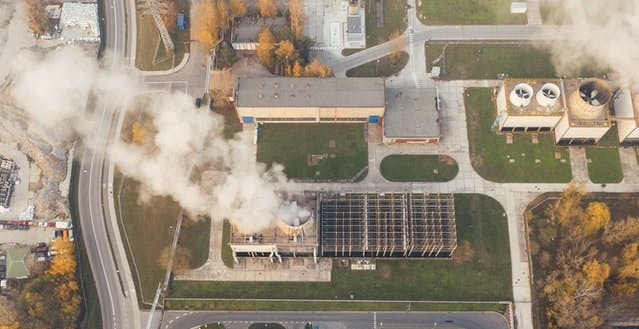


Climate change is one of the most pressing global challenges, driven by excessive emissions of greenhouse gases and carbon dioxide. Established strategies like carbon capture and storage systems and carbon accounting are essential for fostering long-term practices to curb rising temperatures. However, predicting the future trajectory of global warming also plays an important role in the fight against climate change. This is where Representative Concentration Pathways, commonly known as RCPs, come into the picture - read on to find out more.
👉 In this article, we’ll explore how Representative Concentration Pathways aid in forecasting climate change and identifying mitigation strategies.
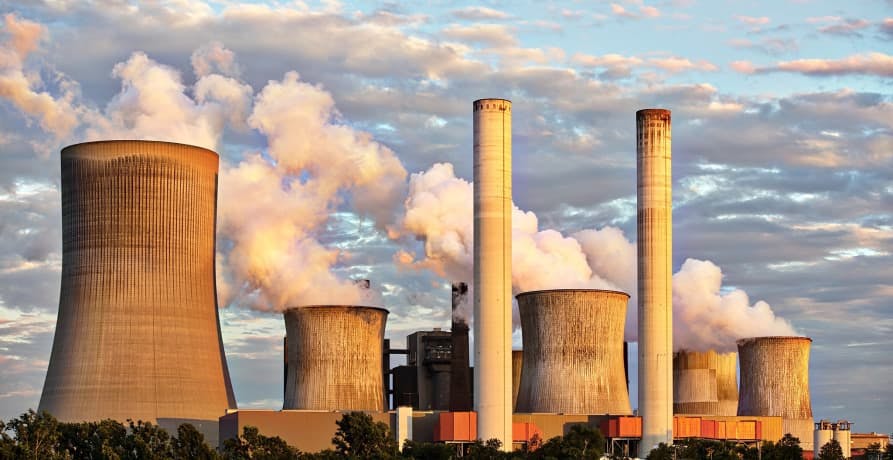
What are Representative Concentration Pathways (RPCs)?
Representative Concentration Pathways, known as RCPs, are models designed to predict the future of potential carbon dioxide emissions and possible reductions in atmospheric concentration throughout this century.
These pathways are formulated based on predictions for this century, creating multiple scenarios that range from optimistic to pessimistic in terms of how carbon dioxide emissions will affect the world across different sectors. RCPs accomplish this by considering a broad range of possible climate policy outcomes. By establishing a range of carbon dioxide emission scenarios, researchers use these projections to further their research.
👉 Ultimately, they present scientific insights on carbon dioxide emissions, crafting potential future scenarios regarding the global impact of climate change.
Representative Concentration Pathways focus on four key sectors, integrating research and data on population, economic growth, energy consumption, and land use:
- Population growth - Analysis of how changes in global and regional populations will affect carbon dioxide emissions and climate change.
- Economic development - Examination of how various levels of economic growth, including trends in urbanization and industrialization, impact carbon emissions and energy consumption.
- Energy consumption - Assessment of current and future energy use patterns, including the prevalence of renewable energy sources and the reliance on oil and fossil fuels.
- Land use - Evaluation of changes in land usage, such as the distribution of forests, grasslands, and croplands, and how these changes influence carbon cycles and emissions.
Delving deeper, the RCP models are tailored to anticipate future conditions affected by various factors. These include changes in population growth, land utilization involving forests, grasslands, and croplands, along with the dynamics of oil and fossil fuel usage, and the expanding role of renewable energy. These projections are critically dependent on the fluctuations in atmospheric carbon dioxide levels, either increasing or decreasing.
To create a precise forecast of global warming's future trajectory, a comprehensive array of elements influencing future carbon dioxide emissions must be examined. The heart of these models lies in projecting future greenhouse gas emissions as a key variable.
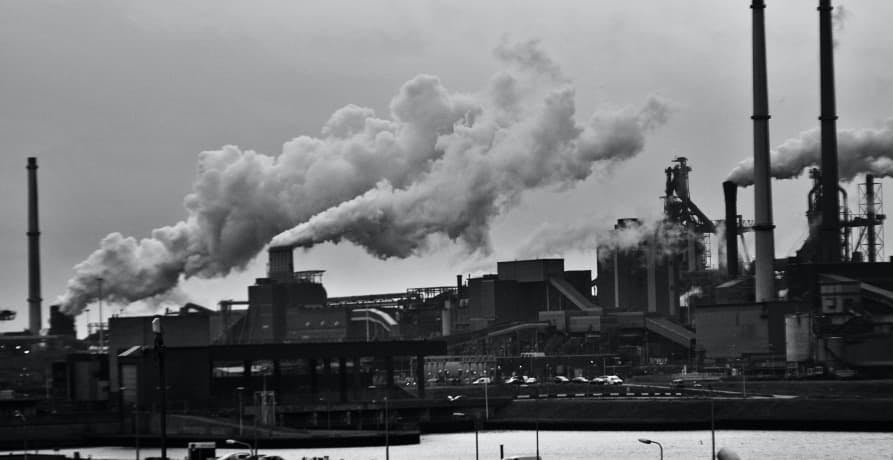
What are the benefits of RCP?
The development of RCP models offers significant benefits, these models are invaluable for preparing for a variety of future environmental scenarios, making them a key tool in strategic planning for climate change mitigation.
One of the most significant benefits of RCPs is their comprehensive approach to climate modeling. They consider a wide array of potential outcomes based on varying levels of greenhouse gas and carbon dioxide emissions. This broad scope enables policymakers and scientists to understand and prepare for a range of possible future environments.
Another advantage is the forward-looking approach of RCPs. By anticipating future changes in factors like fossil fuel use, oil consumption, and atmospheric carbon dioxide levels, RCPs allow for the development of more informed, sustainable development strategies. This foresight is crucial for effective long-term environmental planning.
Furthermore, RCP models contribute to a deeper understanding of the interplay between social, economic, and environmental factors in the context of climate change. This holistic view aids in the creation of balanced strategies that address not only environmental concerns but also socio-economic implications.

How do RCPs work?
Initially developed by the Intergovernmental Panel on Climate Change (IPCC), RCP models are the product of collaboration among several key research groups, each focusing on different aspects of climate change.
One such group, dedicated to climate modeling, investigates the effects of global warming on weather patterns and the environmental impacts of overall emissions. Another critical group is the Integrated Assessment Model (IAM) team. They utilize combined data from various studies to unravel the intricate links between emissions and socio-economic factors. Additionally, the Impacts, Adaptation, and Vulnerability group, commonly referred to as IAV, relies on research spanning social sciences, economics, engineering, and natural sciences to understand the consequences of future emissions.
The development of RCP scenarios begins with the application of these models and databases. After the initial data compilation, researchers tailor these scenarios to reflect specific future outcomes. This personalization considers various factors, including urbanization trends, carbon dioxide emissions, oil production, etc, aligning them with the evolving data landscape.

What is the purpose of an RCP?
The main aim of RCPs is to project future trends in greenhouse gas and carbon dioxide emissions and their impacts on aspects like the atmosphere, ozone layer, usage of oil and fossil fuels, urbanization, human activity, and the development of countries. These projections are key to determining the best environmental strategies.
Essentially, RCPs are about sketching out all possible scenarios, including preventive measures that can be implemented in advance.
💡 Think of RCPs as a comprehensive guide, equipped to navigate the complexities of climate change. They provide a structured approach to understanding and preparing for the potential consequences of rising emissions, much like a roadmap that helps in navigating unknown territories, ensuring we’re prepared for various environmental futures.
Examples of RCPs
As efforts to combat climate change intensify, Representative Concentration Pathway (RCP) models are key in assessing the effectiveness of climate strategies. The IPCC's Fifth Assessment Report, published in 2014 included four pathways, representing a spectrum of future emission scenarios ranging from optimistic outcomes with strong mitigation(like RCP 2.6) to more pessimistic ones with high emissions (like RCP 8.5). The RPCs are labeled after a range of radiative forcing values in the year 2100 (2.6, 4.5, 6, and 8.5 W/m2, respectively). The higher the value the higher the emissions and global temperature increase.
💡 Since the publication of the IPCC Fifth Assessment Report, the range of these values has been expanded to include Shared Socioeconomic Pathways (SSP scenarios) and new RCPs such as RCP1.9, RCP3.4, and RCP7. SSP scenarios are climate change scenarios of projected socioeconomic global changes up to 2100 as defined in the IPCC Sixth Assessment Report on climate change in 2021.
This range of scenarios is crucial for understanding the full scope of potential climate change impacts. The RCPs, grounded in scientific rigor and plausibility, offer policymakers and researchers valuable insights into the effects of various emission trajectories and adaptation strategies, helping to guide effective climate action.
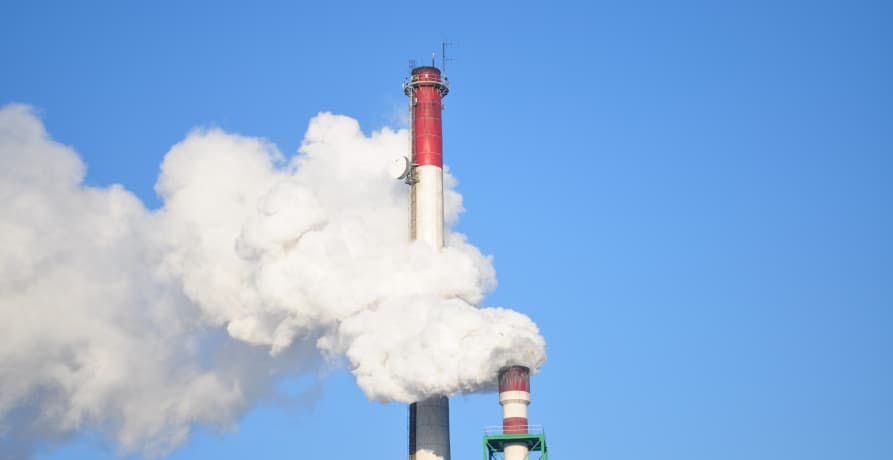
RCP 2.6: representing a global temperature rise of between 1.5 and 2°C
Often viewed as the most optimistic scenario. It is grounded in the assumption of rapid and extensive implementation of climate policies across the globe, encompassing both developed and developing nations. Developing countries in this scenario might require support from wealthier nations, reflecting a collaborative global effort to reduce carbon emissions.
The hallmark of RCP 2.6 is its projection that global carbon dioxide emissions will peak shortly, around the year 2020, and then start a steady decline, reaching significantly lower levels by 2080. This reduction is envisioned through a combination of factors: aggressive policy measures, technological advancements, and a shift towards more sustainable practices in energy production and consumption.
In terms of atmospheric concentration of greenhouse gases, RCP 2.6 forecasts a peak around the middle of the century, followed by a decline. This decline is facilitated by enhanced carbon capture technologies and a significant increase in the adoption of renewable energy sources like solar and wind power. However, it's important to note that while there's an increase in renewable energy, it doesn’t become the dominant source in the industry under this scenario.
The demographic projections in RCP 2.6 suggest that the global population will reach approximately nine billion people, coinciding with a period of robust economic growth. Despite this growth, the model anticipates a reduction in the use of oil, although this will likely be partially offset by an increase in other fossil fuel consumption as a transitional measure.
In the agricultural sector, RCP 2.6 predicts an unprecedented expansion of cropland. This growth addresses the food demand of the increasing population but poses challenges for sustainable land management. Meanwhile, other grassland areas are expected to remain stable, without significant expansion or reduction.
The scenario also touches on the livestock industry, which continues to see demand, hence no substantial decrease in the production of animal products. On the flip side, forest areas are projected to continue their current rate of decline, highlighting a significant environmental challenge within this optimistic scenario.
Overall, RCP 2.6 paints a picture of a world actively engaged in curbing climate change, making notable strides but also facing ongoing challenges in balancing environmental sustainability with economic and demographic growth.

RCP 4.5: representing a global temperature rise of between 3.5 and 5°C
This scenario presents a more moderate pathway, where emissions are projected to peak around the mid-century and then experience a swift decline over the following 30 years, eventually stabilizing at levels half of what they were in the year 2000. The concentration of carbon dioxide in the atmosphere is expected to continue its upward trend for a time, but at a rate that stabilizes, marking a slower increase in emissions than previously anticipated.
In the context of urban and economic development, growth is forecasted, albeit at a more moderate pace compared to the more optimistic scenario outlined in RCP 2.6. Energy consumption overall is expected to see a slight increase, more than the projections of RCP 2.6. However, the use of oil is predicted to remain steady until the year 2100. A notable shift in this scenario is the increased prevalence of nuclear power and renewable energy sources, marking a significant transition in societal energy preferences.
A key environmental aspect of RCP 4.5 is the focus on land use. It projects a decrease in agricultural lands dedicated to crops and other grassland areas, as efforts towards reforestation begin to introduce new natural vegetation. This shift signifies an important move towards restoring natural ecosystems and enhancing biodiversity, contrasting with the expansion of agricultural land anticipated in RCP 2.6.
Overall, RCP 4.5 envisions a world where environmental concerns are addressed with a balanced approach, integrating economic and urban growth with sustainable energy practices and a commitment to ecological restoration.
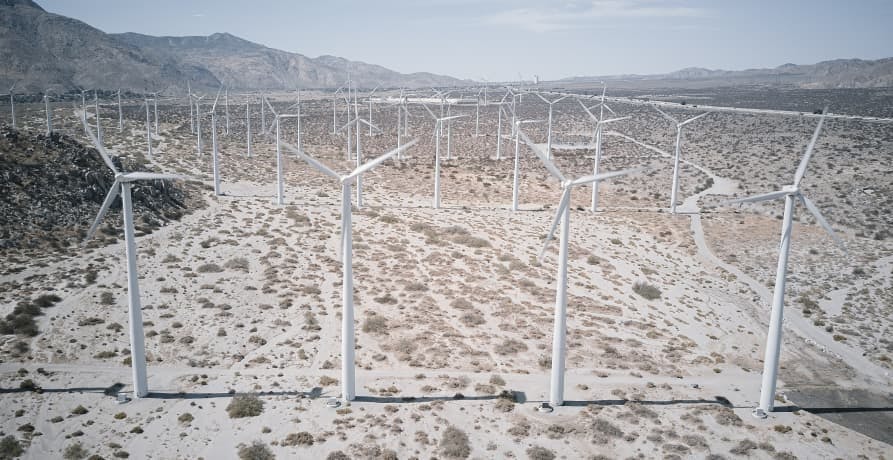
RCP 6: representing a global temperature rise of between 3 and 3.5°C
This scenario anticipates a significant rise in emissions, with levels expected to double by 2060 before experiencing a marked decline. Notably, even after this decrease, emissions will remain higher than current levels. Carbon dioxide emissions are projected to continue their upward trend throughout the century, though the rate of increase will slow down over time.
In RCP 6, the global population is forecasted to reach 10 million, coinciding with a peak in energy consumption around 2060, after which it is expected to reduce to levels similar to those projected in RCP 2.6. Oil will continue to be a major energy source, while the adoption of biofuels, nuclear energy, and renewable resources will be less widespread compared to the scenarios outlined in RCP 2.6 and RCP 4.5.
The model also predicts changes in land use: agricultural and grassland areas will follow current trends, but there will be a significant decrease in grasslands. Despite this, overall vegetation levels are expected to stay consistent with the projections made in RCP 4.5, highlighting the intricate balance between different land use dynamics.
RCP 6 outlines a less optimistic future scenario, where emissions initially increase, peaking around 2060, then decrease, yet remain above current levels. It suggests a world making steady, but limited progress in adopting sustainable practices, with continued reliance on oil and less emphasis on renewable energy. The scenario balances economic and population growth with environmental sustainability, highlighting the challenges in managing resources and energy consumption.

RCP 8.5: representing a global temperature rise of 5°C
RCP 8.5 is often considered the 'worst-case scenario' for future emissions. This pathway predicts a substantial and continuous rise in emissions throughout the century, particularly during its early and middle phases. By the year 2100, emissions are expected to stabilize, but at a high level of 30 gigatonnes of carbon, a significant jump from the 8 gigatonnes recorded in 2000.
In this scenario, the atmospheric concentration of carbon dioxide emissions is projected to increase rapidly and persistently, setting an alarming pace into the next century.
The global population is anticipated to reach a record high, nearing 12 billion by the century’s end. Economic growth patterns are projected to be akin to those in RCP 6. However, individual incomes may be lower, affected by the growing population and the unique challenges faced by developing countries.
RCP 8.5 paints a daunting picture of the environmental future, where energy consumption and overall consumption rates become unsustainable, escalating dramatically throughout the century. The use of oil is expected to rise until 2070, after which there will be a sharp shift towards coal as the primary energy source. This change signifies a concerning move away from cleaner energy options.
Regarding land use, the scenario indicates that current trends will continue. Agricultural areas for crops and grasslands are expected to expand, contributing to increased deforestation and a consequent reduction in overall forested land.
In essence, RCP 8.5 outlines a scenario where environmental sustainability is severely compromised, leading to high emissions, increased reliance on fossil fuels, and significant ecological challenges. It serves as a cautionary tale, highlighting the potential consequences of insufficient action against climate change.
Do RCPs help course correct the current measures being taken to prevent climate change?
While RCP scenarios don't directly modify existing climate change mitigation measures, they play a crucial role in guiding future strategies. By offering detailed projections on how various levels of carbon dioxide emissions affect factors like population growth, renewable energy adoption, reforestation, and the development of nations, RCP models provide a clear picture of what the future might hold.
Think of RCPs as essential tools in decision-making: much like how gathering comprehensive information is critical for making informed choices, these models equip government leaders, scientists, and community heads with the insights needed to shape effective climate change mitigation strategies. RCPs not only offer inspiration but also set benchmarks for environmental objectives that need to be achieved today to avert the more severe outcomes they predict.
In essence, they embody the principle of being prepared: planning for the toughest scenarios while striving for the best outcomes.
What about Greenly?
At Greenly we can help you to assess your company’s carbon footprint, and then give you the tools you need to cut down on emissions. Why not request a free demo with one of our experts - no obligation or commitment required.
If reading this article has inspired you to consider your company’s own carbon footprint, Greenly can help. Learn more about Greenly’s carbon management platform here.



